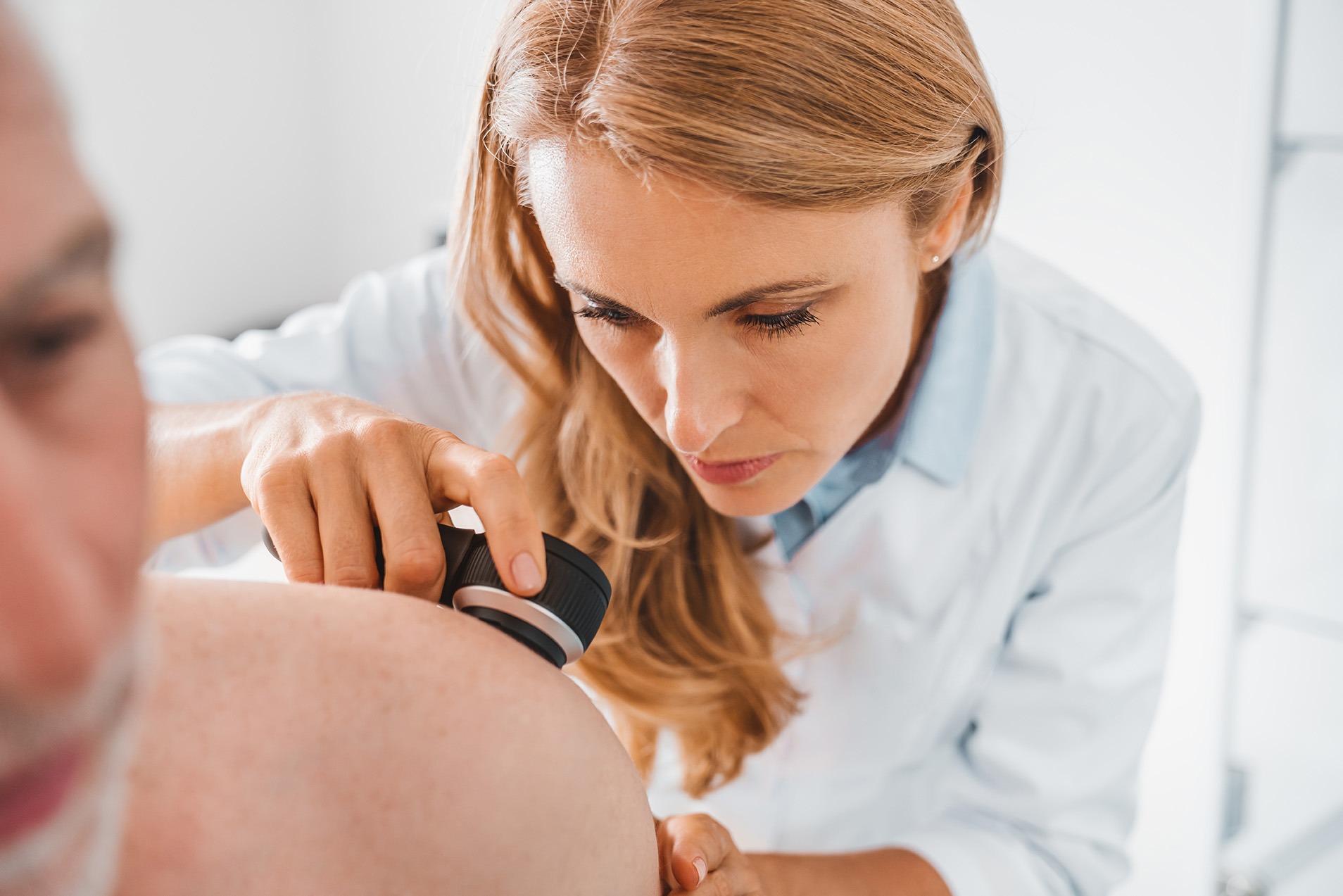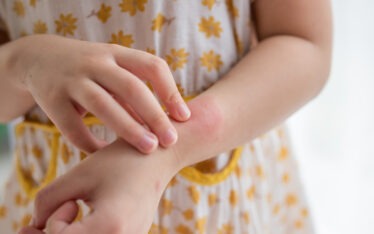How to Spot Skin Cancer Early: 5 Signs You Should Never Ignore

Early detection can save lives. Skin cancer is common, but when caught early, it’s highly treatable. Knowing what to look for during your own skin checks can make all the difference. Regular skin checks are one of the simplest and most effective ways to protect your health. Here are the warning signs dermatologists want you to know.
Why Early Detection of Skin Cancer Is So Important
Skin cancer is the most common cancer in the United States. The good news? It’s also one of the most treatable when detected early. According to the National Institutes of Health, the five-year survival rate for melanoma is about 97% when detected at stage 0. At stage IV, that rate drops to around 30%, which emphasizes the importance of early detection.
Early detection allows for simpler, less invasive treatment and better outcomes. That’s why dermatologists stress the importance of monthly self-exams and annual professional skin checks. If you notice anything suspicious, don’t wait. Book a skin cancer screening with your dermatologist immediately.
5 Early Warning Signs of Skin Cancer You Should Never Ignore
Learning how to spot skin cancer early is crucial for protecting your health. While professional diagnosis is necessary to know if a spot is skin cancer, here are five signs that should never be ignored:
1. A Changing Mole
One of the most important signs of melanoma is a mole that changes in size, shape, or color. Use the ABCDE rule to guide your self-check:
- Asymmetry: One half doesn’t match the other
- Border: Edges are irregular or blurred
- Color: Multiple shades of brown, black, or even red and blue
- Diameter: Larger than 6mm (about the size of a pencil eraser)
- Evolving: Any noticeable change over time
The University of Vermont Health Network emphasizes that evolution—the E in ABCDE—is one of the most critical warning signs. If a mole is changing, schedule a professional exam.
2. A New Spot That Looks Different
Dermatologists call this the “ugly duckling” sign: a mole or a spot that looks different from all the others on your skin. A brand-new lesion on previously clear skin should always be taken seriously, especially if it stands out from your other moles.
3. A Sore That Doesn’t Heal
A sore that lingers for more than three weeks is a red flag. Non-healing lesions that bleed, ooze, or crust over may indicate basal cell carcinoma or squamous cell carcinoma, two of the most common non-melanoma skin cancers.
4. A Spot That Itches, Hurts, or Bleeds
Skin cancers aren’t always painless. If a mole or spot suddenly starts itching, becomes tender, or bleeds without injury, don’t ignore it. Have your dermatologist take a look as soon as possible.
5. A Raised Bump or Wart-Like Growth
Not all skin cancers look like dark moles. Some appear as shiny, pearly bumps or dome-shaped growths, especially on sun-exposed areas like the face, scalp, and arms. Rough, scaly patches that don’t heal are also warning signs of squamous cell carcinoma. If something that looks like a pimple or wart doesn’t go away, it’s time for a professional check.
What to Do If You Notice These Signs
If you notice suspicious spots with signs of skin cancer, don’t panic, but don’t delay. Take clear photos of the problem area to track any changes that might occur. Book an appointment as soon as possible with a board-certified dermatologist.
Acting quickly is the best way to catch skin cancer early and improve outcomes.
When to See a Dermatologist
Ideally, you should have a full-body skin exam every year. If you have risk factors, such as fair skin, a family history of melanoma, or frequent sunburns, you may need more frequent checks. If, at any point, you notice something suspicious, make an appointment right away, even if you recently went in for an exam.
At Clarus Dermatology, we offer mole mapping and comprehensive skin exams for your peace of mind. If you’re concerned about a spot of skin, we can evaluate it.
Prevention Tips to Lower Your Risk
While early detection is critical, prevention is your first line of defense. Most skin cancers are linked to UV exposure, which means many cases are avoidable with simple daily habits. Taking steps to protect your skin now can greatly reduce your lifetime risk of melanoma and other skin cancers.
To lower your risk of skin cancer, follow these steps:
- Apply a broad-spectrum sunscreen (SPF 30+) daily and reapply frequently when outside
- Wear protective clothing and wide-brimmed hats
- Avoid tanning beds completely
- Perform monthly self-checks using mirrors (or ask a partner for help)
Self-Check Quick Guide
Once a month, examine your entire body in a well-lit room using a full-length mirror. Don’t forget:
- Scalp and behind your ears
- Palms, soles, and between toes
- Underarms and under breasts
- Back and buttocks (use a handheld mirror)
If you see anything new, changing, or unusual, schedule a professional skin check.
Final Thoughts
Skin cancer is common, but it’s also one of the most preventable and treatable cancers when detected early. Knowing how to spot skin cancer early and taking action when something looks suspicious can save your life.
Stay proactive: perform monthly self-checks, protect your skin from UV damage, and schedule regular professional exams. If you notice a new, changing, or unusual spot, don’t wait to get it checked.
Your skin health is worth it. Contact Clarus Dermatology today to schedule a professional skin exam and gain peace of mind.


